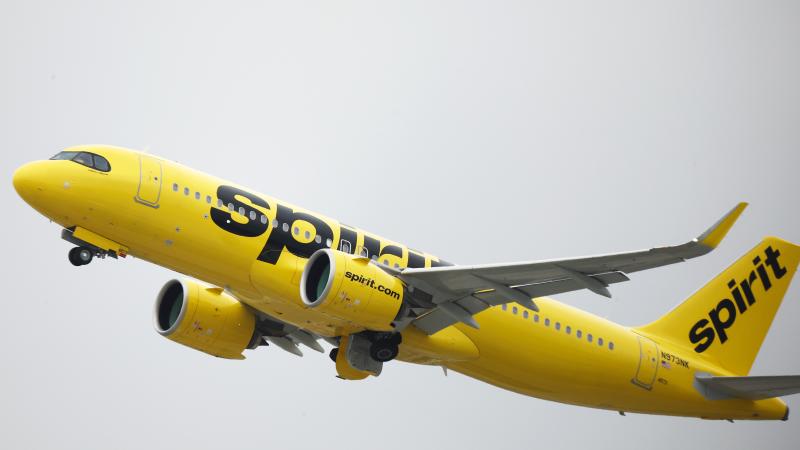Amazon, Walmart saw profits surge in 2020 as small businesses decimated by pandemic
Retail giants have filled the void left by shuttered shops, consumers scared to venture out.
Globally dominant retailers Amazon and Walmart saw profits soar in 2020 on the strength of surging online sales amid a traditional retail environment decimated by COVID-19 closures and shoppers too nervous to venture out into brick-and-mortar establishments.
Amazon's third-quarter earnings for this year, the most recent available, report an operating cash flow of $55.3 billion for the preceding 12 months, up from $35.3 billion for the same period in 2019. Net sales "increased 37% to $96.1 billion in the third quarter, compared with $70.0 billion in third quarter 2019," the company said, while its operating income — its overall profit — increased nearly 94%, from $3.2 billion to $6.2 billion.
Concurrently, Amazon's net income jumped a staggering 200%, rising from $2.1 billion to $6.3 billion.
Walmart, meanwhile — though not posting increases as meteoric as those at Amazon — still enjoyed strong growth this year. The company's Q3 earnings were 6.4% higher this year compared to the same quarter last year, double the 3.2% it posted in last year's Q3.
Notably, the company's eCommerce sales grew 79% during that quarter, likewise nearly double the prior year's quarterly rate. Operating income was up 22.5% year-over-year.
Small businesses took major hits
Those retailers enjoyed major gains in large part due to the effects of COVID-19 shutdowns: Most governors across the country throughout the year ordered the closure of what they deemed "non-essential" businesses, taking out large swaths of competition for both Amazon and Walmart. Fears of contracting COVID-19 — particularly in the relatively small confines of local retailers — also drove shoppers into either digital commerce or the wide-open spaces of Walmart's average180,000-square-foot warehouses.
Small businesses have throughout 2020 suffered significant widespread closures as a result. Yelp's September 2020 economic impact report found that the number of small businesses that had closed permanently in the U.S. had increased approximately 165% from April to September, rising from about 37,000 to roughly 98,000.
Commerce platform Womply, meanwhile, has been tracking local business revenue throughout the U.S. since the start of the pandemic here. Restaurants have averaged revenues about 44% lower than in 2019, according to the company. Retail spending averaged 4% lower this year compared to last, the company reports.
While most business sectors experienced a big spike in closure rates in the early spring followed by a similar decrease in those rates, the company found that closure rates in most business categories then began ticking up again. (Womply estimated closure rates by identifying businesses that hadn't processed a single transaction for three straight days starting on March 1.)
Restaurants, for example, had a 39% closure rate at their peak in the spring before dropping back down to 20%. By December, however, the rate was up to 30% again. Auto service businesses, meanwhile, rose from 7% closure in late May to 16% in mid-December.
The Harvard-based policy group Opportunity Insights estimates at least 29% fewer small businesses are open now than were open in January, 2020. In some cases the numbers trended even higher: 36% in Connecticut, for instance, or a whopping 45% in the District of Columbia.
Amazon, meanwhile, announced in August its intent to spearhead a $1.4 billion office expansion into six U.S. cities comprising 3,500 jobs.
"We look forward to helping these communities grow their emerging tech workforce," the company said at the time.















